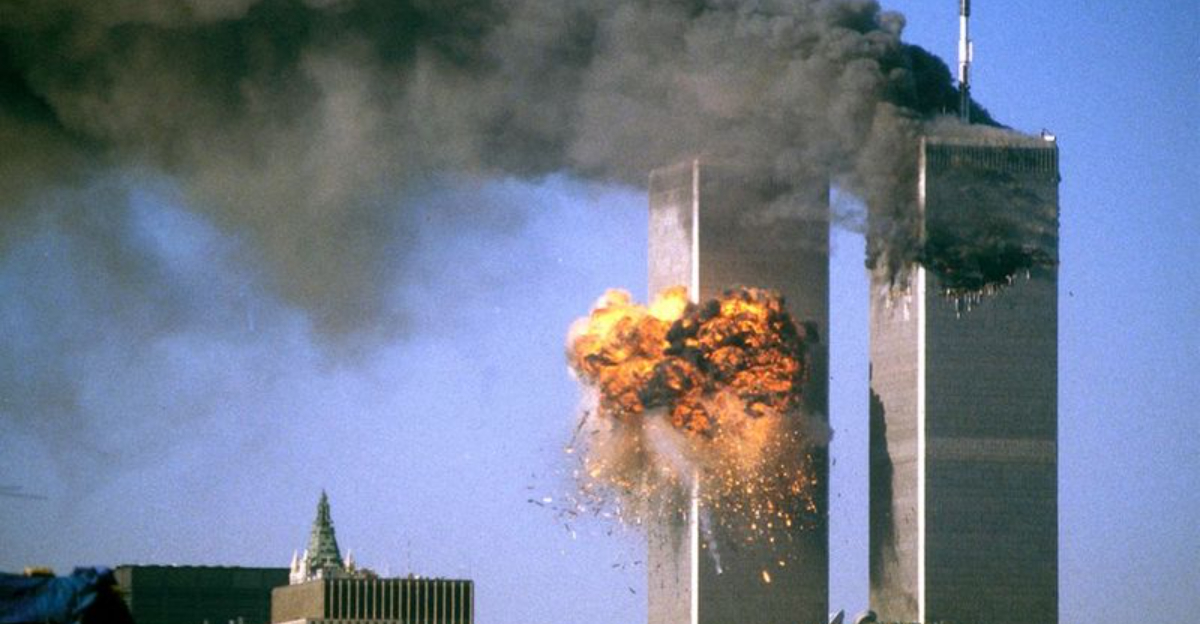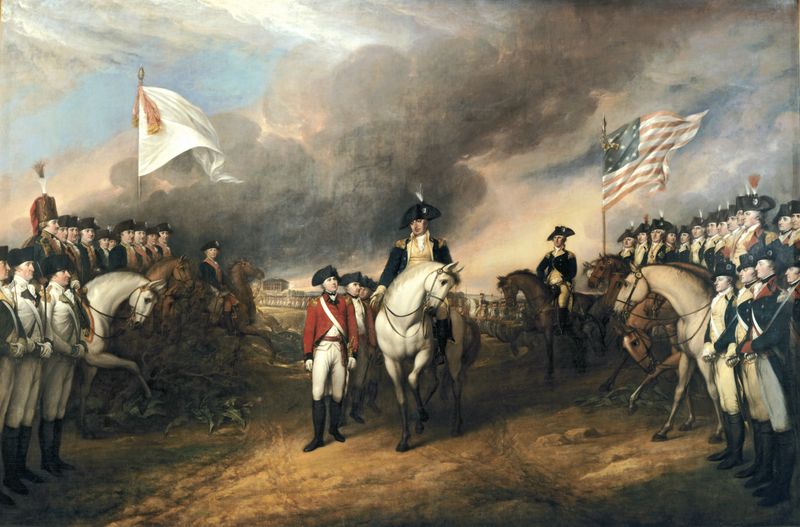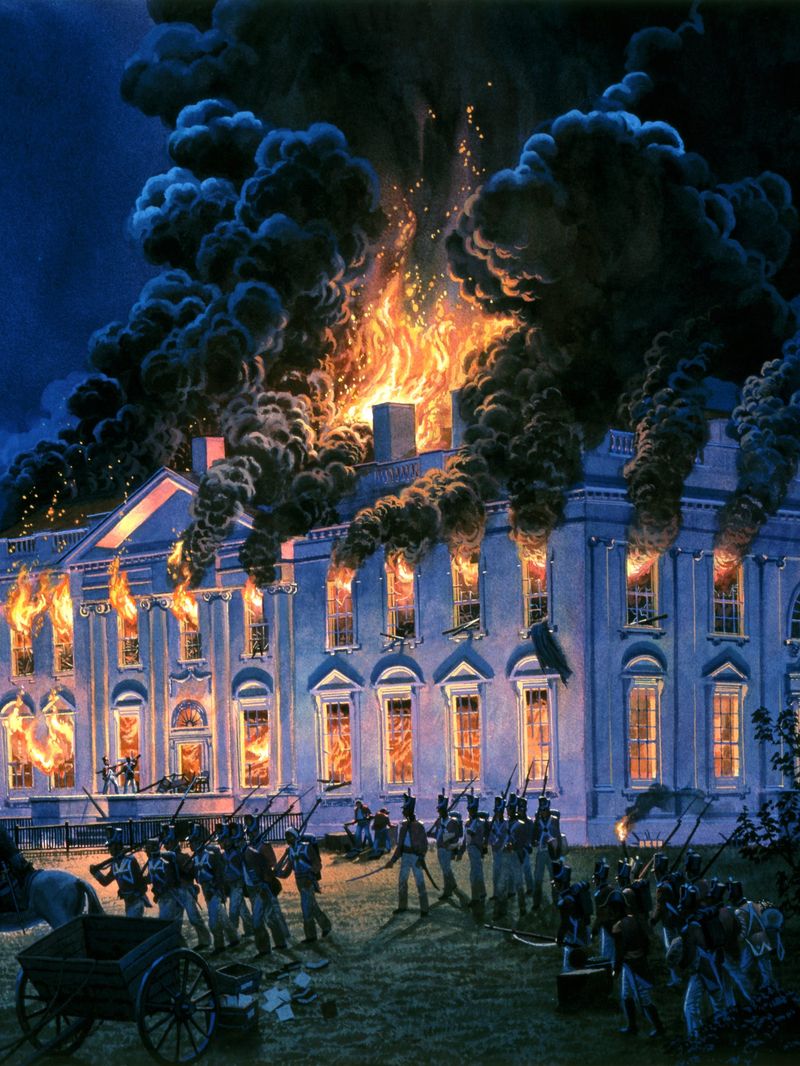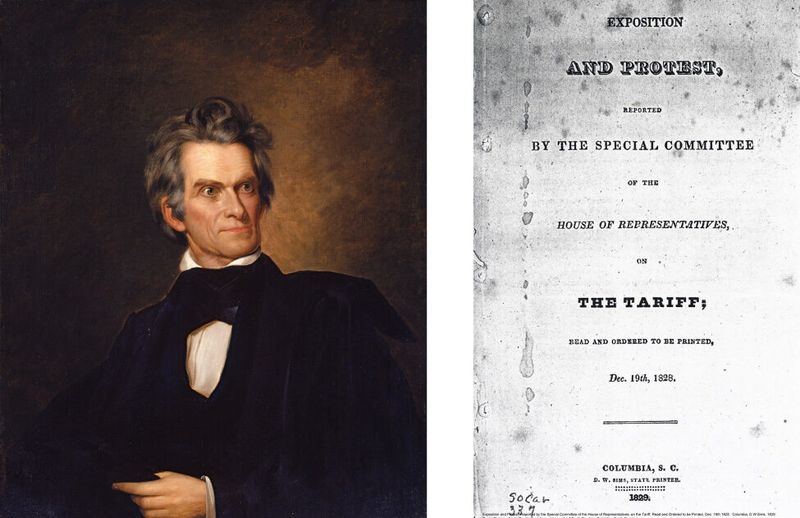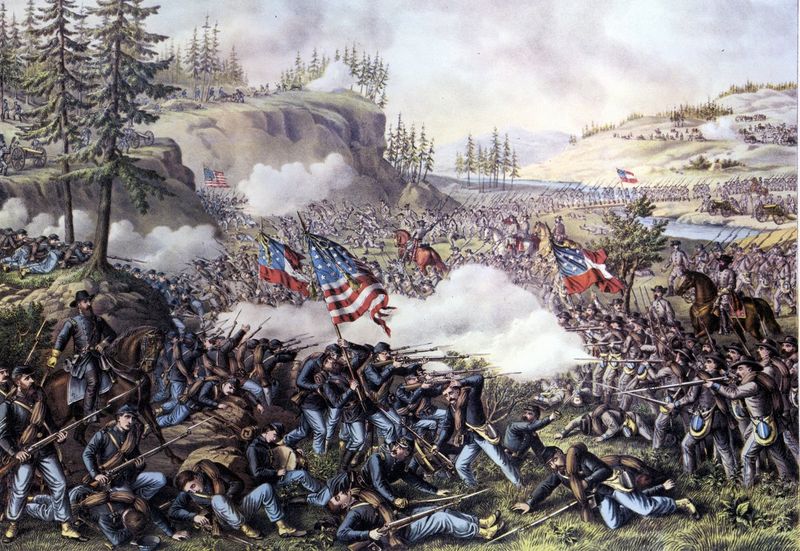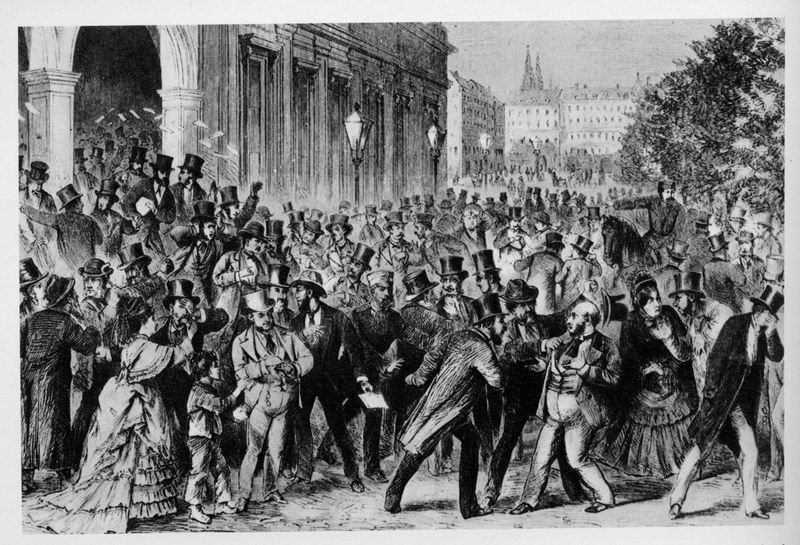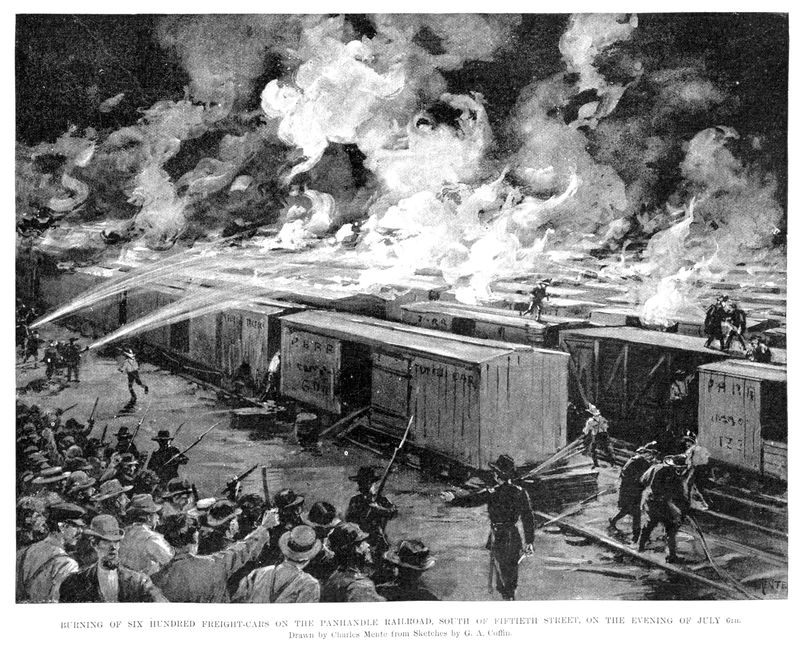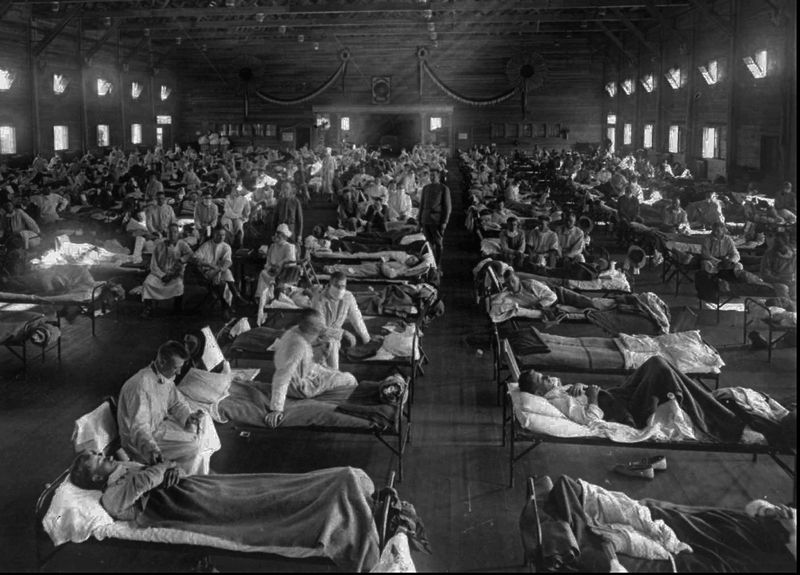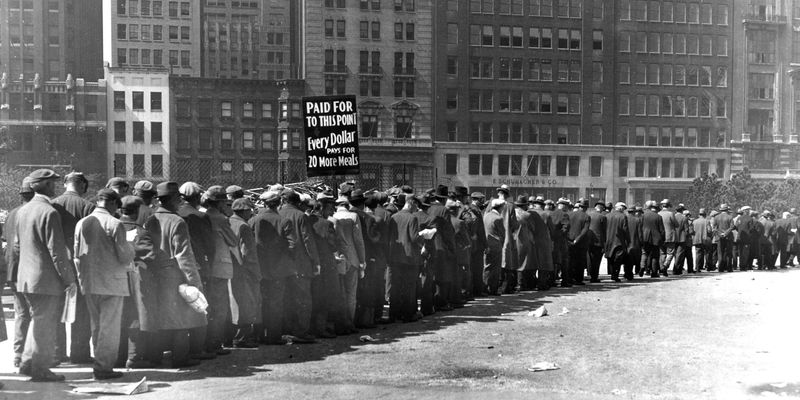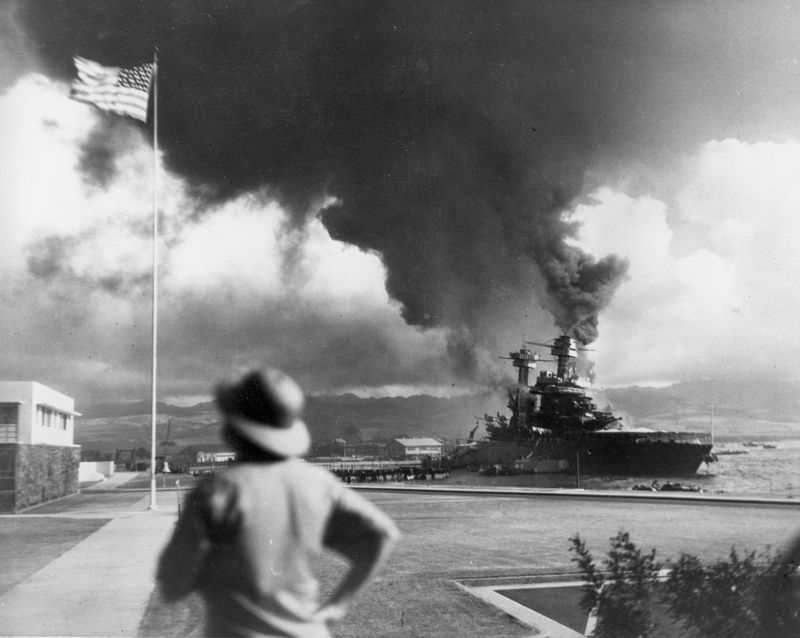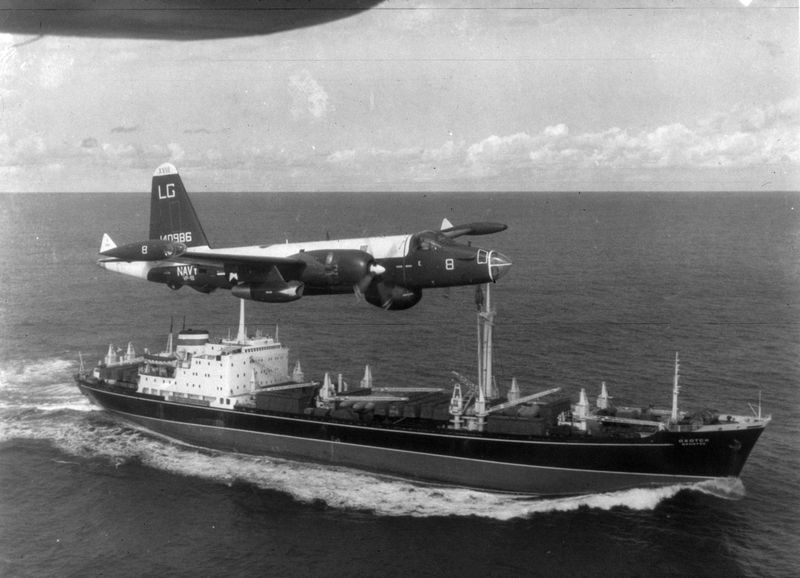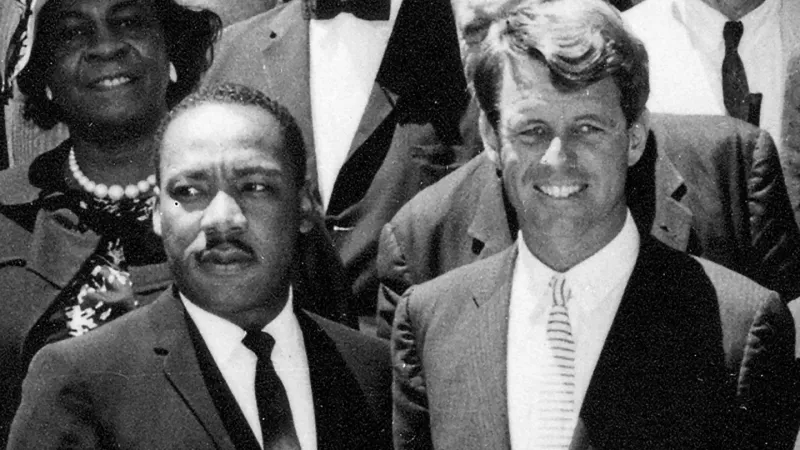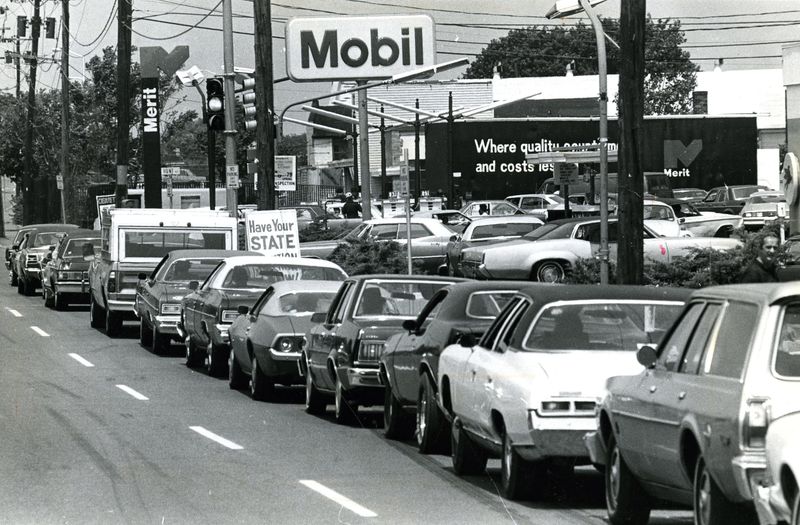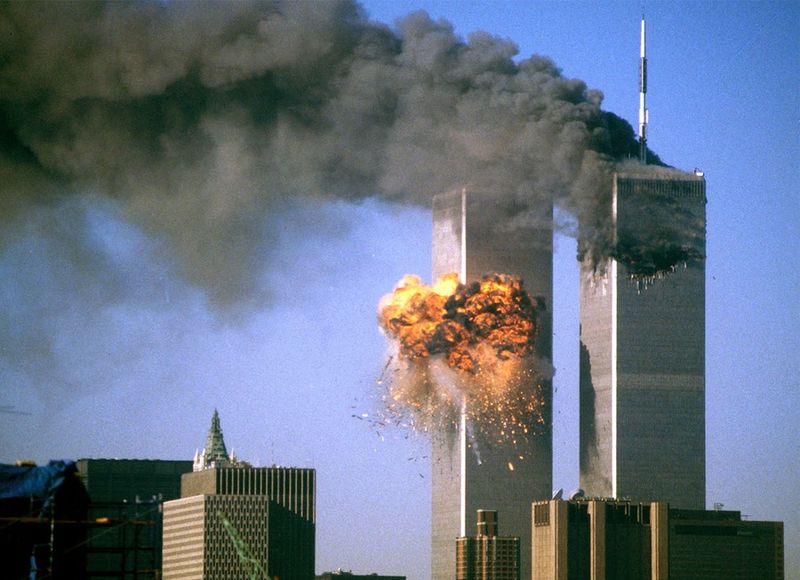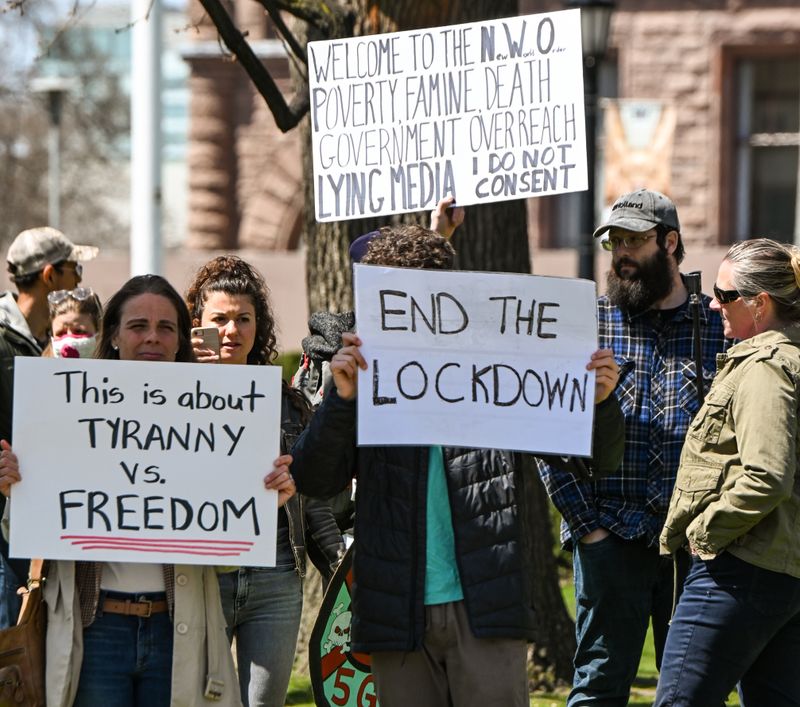Throughout its history, America has faced numerous events that tested the nation’s resolve and filled its citizens with fear for the future. These incidents, whether wars, economic downturns, or pandemics, each left a lasting impact on the collective American psyche. Here, we explore 15 such historical events that made people question the stability and future of the United States.
1. The American Revolution (1775-1783)
The American Revolution was a daunting struggle against the mightiest empire of the time, the British. Skepticism was rampant; many questioned how a group of colonies, with a ragtag army, could stand up to such a power. Yet, determination and a quest for independence fueled the revolutionaries. Key battles like Saratoga turned the tide. The uncertainty of outcomes lingered, but the dream of liberty prevailed. The final victory at Yorktown changed the course of history, proving courage could triumph over fear. Did you know? The French played a crucial role in supporting the American cause.
2. The War of 1812 & Burning of Washington (1814)
In 1814, British forces attacked Washington, setting fire to the White House and Capitol. This bold move exposed the nation’s vulnerability. Panic ensued as citizens witnessed the capital burning. The resolve of the American people was tested, but their spirit remained unbroken. The war eventually ended in a stalemate, but the event stirred fears about the nation’s future. Fun fact: Dolley Madison famously saved a portrait of George Washington from the flames. The war drove home the need for a strong military and infrastructure to defend national integrity.
3. The Nullification Crisis (1832-1833)
The Nullification Crisis was a tense showdown over tariffs between South Carolina and the federal government. South Carolina’s threat to secede foreshadowed the Civil War, creating an atmosphere of fear and division. President Andrew Jackson stood firm against the state’s defiance. This conflict questioned the balance of power between state and federal authorities. The crisis was resolved through compromise, averting immediate disaster. However, it highlighted underlying issues that would later explode into full-scale civil conflict. Interesting tidbit: This was one of the first major tests of the federal system’s resilience in the United States.
4. The Civil War (1861-1865)
The Civil War tore America apart, pitting brothers against each other. With over 600,000 dead, it remains the bloodiest conflict in U.S. history. The war’s brutality and the nation’s potential fragmentation filled citizens with dread. Lincoln’s leadership was crucial in preserving the Union. The Emancipation Proclamation shifted the war’s moral compass. As battles raged on, the question lingered: could the nation survive such division? Ultimately, the Union was preserved, but the scars of the conflict endured. Interesting fact: The Gettysburg Address redefined the purpose of the war and remains iconic in American history.
5. The Panic of 1873 (Economic Collapse)
The Panic of 1873 triggered a severe economic depression lasting six years. This financial crash led to widespread unemployment and social unrest. Banks failed, railroads went bankrupt, and many feared capitalism’s demise. Protests erupted as citizens demanded change. The period highlighted the volatility of the economic system and the need for reforms. The crisis reshaped financial regulations and policies. Remarkably, it was during this time that the first labor unions began to form, advocating for workers’ rights. This panic served as a sobering lesson on economic fragility.
6. The Pullman Strike & Labor Wars (1894)
The Pullman Strike of 1894 was a pivotal moment in American labor history. Railroad workers, protesting wage cuts, halted trains nationwide. The federal government’s violent intervention shocked many, raising fears over workers’ rights and industrial peace. The conflict underscored the growing tensions between labor and management. This strike highlighted the power workers could wield when unified, but also the lengths to which the government might go to maintain order. The labor wars sparked debates on workers’ rights that would shape future policies. Did you know? Eugene Debs, a key figure in the strike, later ran for president.
7. The 1918 Spanish Flu Pandemic
The 1918 Spanish Flu pandemic was a devastating public health crisis. Killing 675,000 Americans, it spread fear and uncertainty nationwide. The flu overwhelmed hospitals, as healthcare systems struggled to cope. Public gatherings were canceled, and cities imposed quarantines. The pandemic’s impact was far more lethal than World War I, leaving citizens questioning their safety. This crisis led to significant advancements in public health policies. It’s astonishing to realize that this pandemic occurred during a time of already great global upheaval. The lessons learned influenced future responses to similar health threats.
8. The Great Depression (1929-1939)
The Great Depression of 1929 plunged America into economic despair. Unemployment soared to 25%, and banks collapsed, leading to widespread poverty and fear of capitalism’s failure. It was a time of great hardship, as families lost homes and livelihoods. The New Deal, introduced by President Franklin D. Roosevelt, aimed to revive the economy and restore hope. This era reshaped the American economic landscape and social policies. Interestingly, the Great Depression also inspired significant cultural and artistic movements, reflecting society’s resilience. The decade left a lasting legacy on economic policy-making worldwide.
9. Pearl Harbor & WWII (1941-1945)
The attack on Pearl Harbor on December 7, 1941, was a turning point that thrust America into World War II. The surprise assault by Japan killed over 2,400 Americans, leaving the nation in shock. Fear gripped the country as it faced the daunting challenge of a global conflict. The event galvanized American resolve, leading to a united war effort. Victory seemed uncertain, yet determination prevailed. The defeat of Axis powers marked a new era of U.S. global influence. A curious fact: the attack led to the internment of thousands of Japanese Americans, a controversial decision in wartime history.
10. The Cuban Missile Crisis (1962)
In October 1962, the Cuban Missile Crisis brought the world to the brink of nuclear war. The U.S. discovered Soviet missiles in Cuba, just 90 miles from its shores. The ensuing standoff between Kennedy and Khrushchev sparked global fear. For 13 days, tensions peaked as the superpowers negotiated. Ultimately, diplomacy prevailed, avoiding catastrophe. This crisis highlighted the fragility of Cold War peace and the importance of communication. Did you know? This event led to the establishment of the Moscow-Washington hotline, aimed at preventing future crises. The world breathed a sigh of relief as war was averted.
11. The Assassinations of the 1960s (JFK, MLK, RFK)
The 1960s were marked by the shocking assassinations of President John F. Kennedy, Martin Luther King Jr., and Robert F. Kennedy. These events shattered the nation, leaving citizens grappling with grief and uncertainty. The losses of these iconic leaders fueled fears of societal instability. Each assassination underscored deep-rooted national issues, from civil rights to political divisions. The decade was a turning point, pushing for change. Remarkably, their legacies continue to inspire movements for equality and justice today. The assassinations remain pivotal in American history, symbolizing both loss and the enduring quest for progress.
12. The 1970s Oil Crisis & Stagflation
The 1970s Oil Crisis brought the American economy to its knees, with gas shortages and skyrocketing prices. Stagflation—a mix of stagnation and inflation—crippled growth. Long lines at gas stations became the norm, symbolizing dependency on foreign oil. The crisis raised fears about energy security and economic stability. Government measures to conserve energy were introduced. This era of economic turbulence tested resilience and adaptability. Did you know? The oil embargo led to the creation of the Strategic Petroleum Reserve, aimed at safeguarding against future crises. The 1970s left a lasting impact on energy policies.
13. The 9/11 Attacks (2001)
The September 11, 2001 attacks changed America forever. Terrorists hijacked planes, striking the World Trade Center and the Pentagon. Nearly 3,000 lives were lost, shattering the sense of security. The tragedy prompted a global war on terror and heightened domestic security measures. The nation’s spirit of unity and resilience shone through in the aftermath, but the fear of further attacks lingered. This event reshaped international relations and counterterrorism policies. Did you know? In the wake of 9/11, the Department of Homeland Security was created to coordinate national security efforts. The attacks remain a defining moment in U.S. history.
14. The 2008 Financial Crisis
The 2008 Financial Crisis sent shockwaves through the global economy. Banks collapsed, the stock market plummeted, and millions lost their homes. Panic gripped the nation as the financial system teetered on the brink. This crisis exposed vulnerabilities in economic regulations. Governments intervened with massive bailouts to stabilize the situation. The recession sparked debates on financial oversight and ethics. Interestingly, this period witnessed the rise of movements like Occupy Wall Street, demanding accountability. The crisis reshaped banking policies and spurred reforms aimed at preventing future collapses. The lessons learned continue to influence economic policies today.
15. The COVID-19 Pandemic & 2020 Chaos
The COVID-19 pandemic plunged America into unprecedented chaos. The virus led to widespread illness and economic shutdowns. Healthcare systems were overwhelmed as the nation grappled with uncertainty. Political unrest added to the turmoil, creating a volatile environment. The pandemic sparked debates on public health and economic recovery. It also accelerated technological advancements and remote work trends. Did you know? The rapid development of vaccines marked a scientific triumph amid the crisis. The year 2020 highlighted the need for resilience in the face of adversity. This period remains a significant chapter in modern history, shaping future policies.
